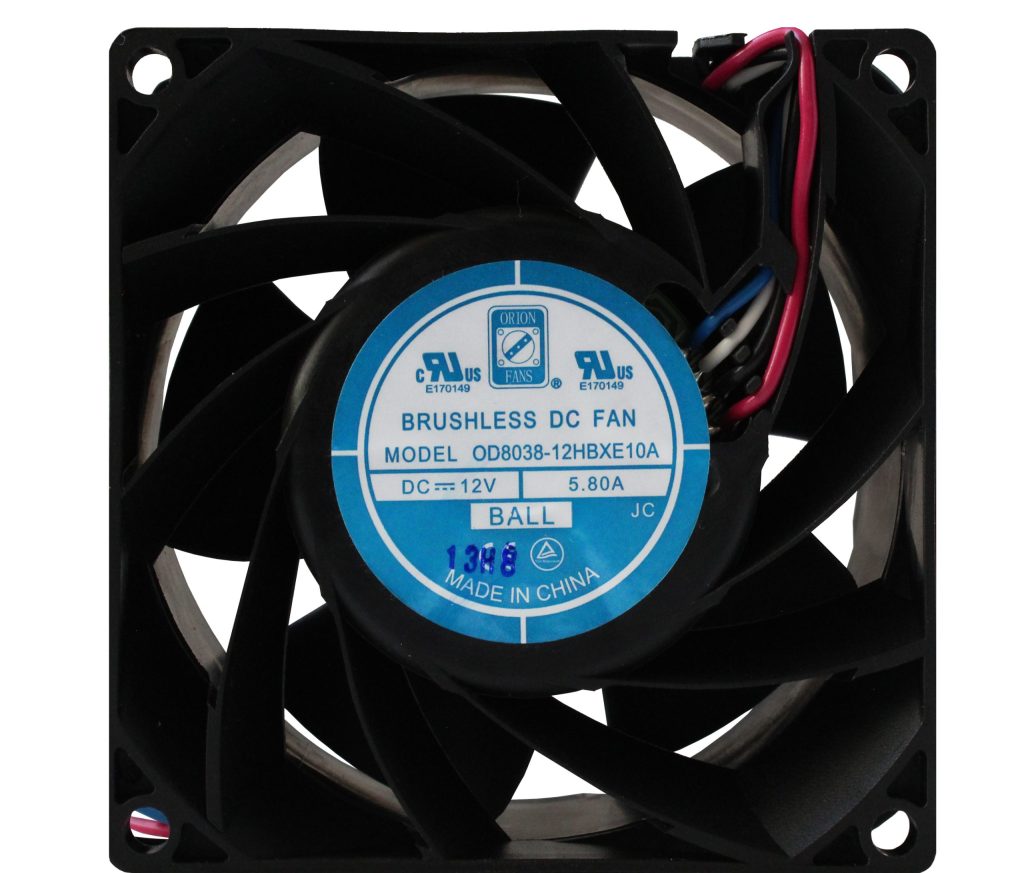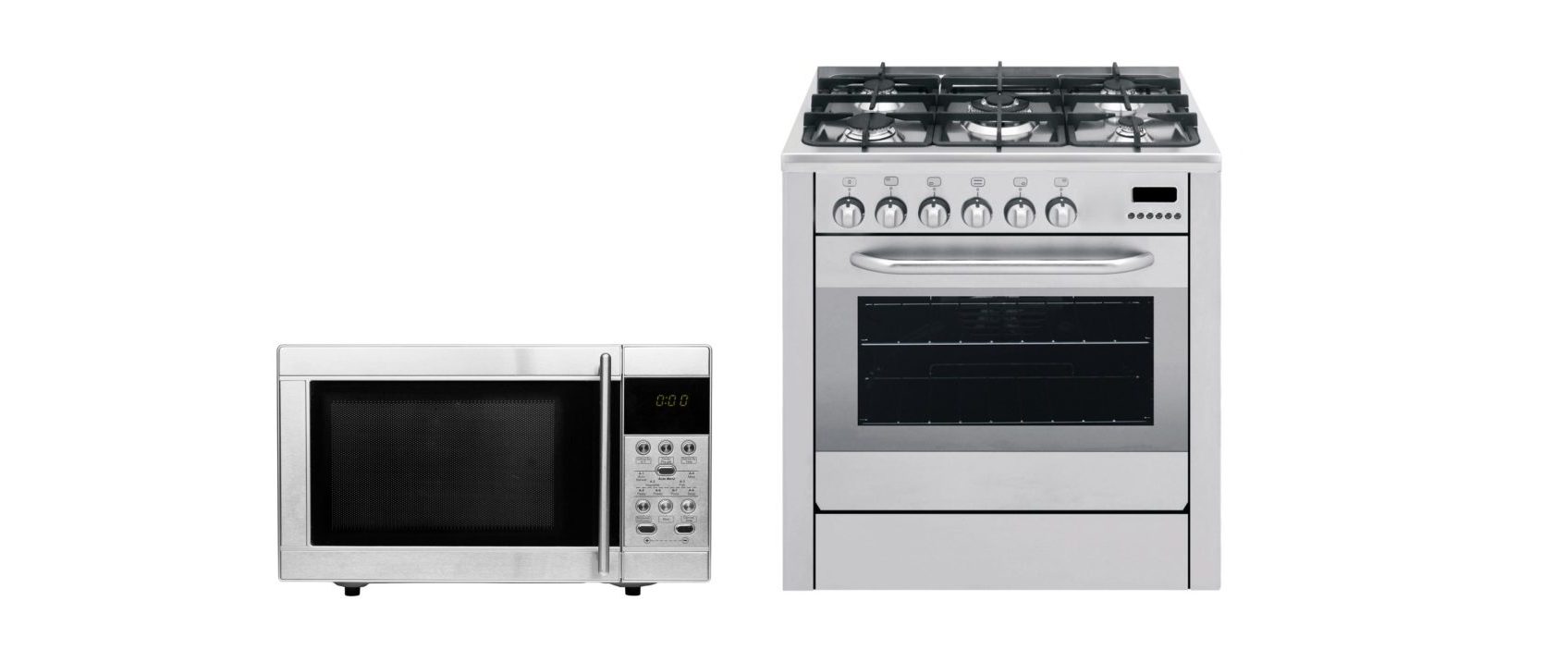Maximizing Performance & Efficiency with Ac, Dc, AND EC Fans
When it comes to household appliances, designing products with cooling fans is becoming more than just an issue of cooling. From refrigeration units to convection ovens to venting ducts over stove ranges, the functions served by fans and fan trays not only include cooling and circulating air, but can include increased functionality, maximizing energy efficiency, simplifying BOMs and decreasing production costs.
Maximizing Performance
In white goods applications, AC, DC, and EC fans must be capable of operating within extreme temperature ranges, from very cold freezers and refrigerators to extremely hot convection ovens. Different materials and designs are available to achieve the necessary performance and reliability across a variety of applications. For example, low-noise fans in refrigeration units, coolers and range hoods are being used to perform different functions while reducing the amount of noise normally present in older product designs. AC fans constructed to Class B and Class F UL insulation standards are being specified for higher temperature applications ranging from 130ºC – 155°C.
Low-noise fans are often selected for refrigeration and wine cooler applications to prevent condensation yet not contribute significantly to audible noise levels. Condensation can build up on the inside of these units, forming not only on the glass, but within the enclosure itself. The use of an internal fan creates just enough air movement to prevent condensation. The same situation exists in store refrigeration units. The appearance of condensation in the enclosed case or on the glass can imply food is not properly frozen. Low-noise fans are employed in these applications not only to prevent condensation build-up, but to minimize the noise level and reduce power consumption. These types of fans are available in AC, DC, and EC configurations.
Another way fans can be used to maximize performance is through the use of high temperature construction. A high temperature fan with higher insulation Class B or F construction often eliminates or reduces premature failures caused by inadequate airflow in hot areas. AC fans are often utilized in high temperature applications such as oven control assemblies and forced air convection units. The temperature of Class B insulation is specified at 130°C, while the temperature of Class F insulation is specified to 155°C. These maximum temperatures at which the plastic and insulation materials are rated includes the normal temperature rise of the fan, so care must be taken to ensure these ratings are not exceeded when designs are created.

Image: Orion’s fans, such as the one shown above, are capable of employing high insulation Class F materials for use in high temperature oven applications
Components exposed to high heat are susceptible to failure over time, with fans being no exception. The classification of the insulation system is based on the lowest rated component in the system, or in this case, the fan. The materials and parts specified in the construction that affect the insulation class include the motor winding, the wire and the insulation on the wires, the enamel coating on the magnet wire, as well as the visible parts of the fan or fan tray such as the frame and impeller.
Increasing Functionality and Maximizing Energy Efficiency
The functionality of fans has also increased dramatically, to the point where product manufacturers are now utilizing fans with special functions. Such functions include tachometer output, locked rotor alarm, pulse width modulation (PWM) input, and thermal and constant speed controls. These special functions provide end users with intelligent control options and feedback that increase functionality and optimize fan performance, while also minimizing energy consumption. With controls like these, manufacturers are able to better monitor airflow and operating temperature, ensuring the fans are operating properly and at optimal conditions.
Tachometer output, for example, provides design engineers with an accurate means of monitoring and reporting a fan’s rotational speed, as well as indicating if the fan’s speed falls below a certain RPM. This can be used as a lower cost alarm or indicator by monitoring the fan speed to determine relative temperature. Typically, the tachometer output option is available as either a 5V TTL signal, or as an “open collector” signal.
Fans and fan trays equipped with locked-rotor alarms indicate whether a fan is running or has stopped by outputting a high or low output signal, minimizing fan downtime and averting an overheating situation. A PWM option also allows users to digitally control the speed of the fan through an existing bus system or PLC (Programmable Logic Controller).
Fans or fan trays with thermal speed control employ a thermistor-controlled circuit that increases fan speed only when the temperature rises above a determined set-point. This reduces overall energy consumption by lowering fan speed when temperatures within the enclosure are below the set-point. Thermistor control circuits can be mounted directly in the fan hub or remotely mounted via a lead wire, and can be positioned anywhere within the enclosure, giving design engineers the flexibility to regulate fan speed based on ambient temperature in a specific area. The constant speed function senses variable input voltage, which causes variations in power output, and maintains the fan’s constant speed regardless of input voltage fluctuations.

Image: AC and DC smart control fans ensure optimal operating conditions while maximizing energy efficiency in microwave and oven applications
Fully assembled and tested fan trays provide appliance manufacturers with additional benefits by lowering supply chain costs, reducing lead times on materials, reducing the number of SKUs, reducing parts inventory, improving quality and lowering overall production costs. Not only does the tray provide a complete solution, it reduces part numbers and stocked inventory of cooling parts from tens to one. Tray manufacturers like Orion Fans also assemble, test and ship when needed, reducing lengthy lead times.
Conclusion
Today, AC, DC, and EC fans have more demands placed on them than simply cooling and controlling airflow in white good applications. With an extensive number of capabilities now available, including higher temperature ranges, speed controls and tachometer output signals, to name a few, manufacturers of white goods are using fans as a means of providing increased functionality, maximizing energy efficiency and decreasing end unit cost.



